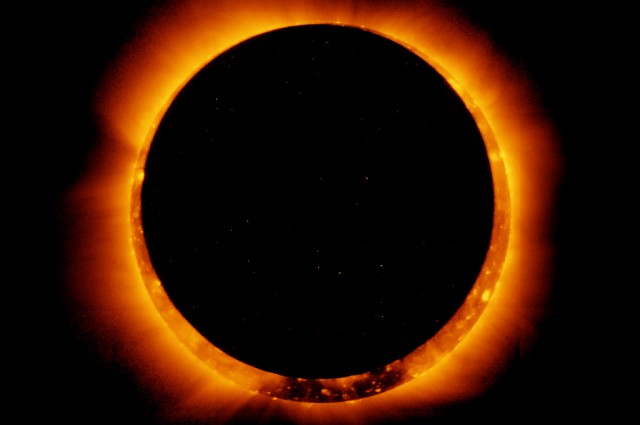
On Tuesday, April 29 at 0517 GMT, the moon will begin to eclipse the sun in the first of two total solar eclipses set to happen this year. When the moon is directly between the sun and the Earth, only the edges of the sun will be visible, resembling a “ring of fire.”
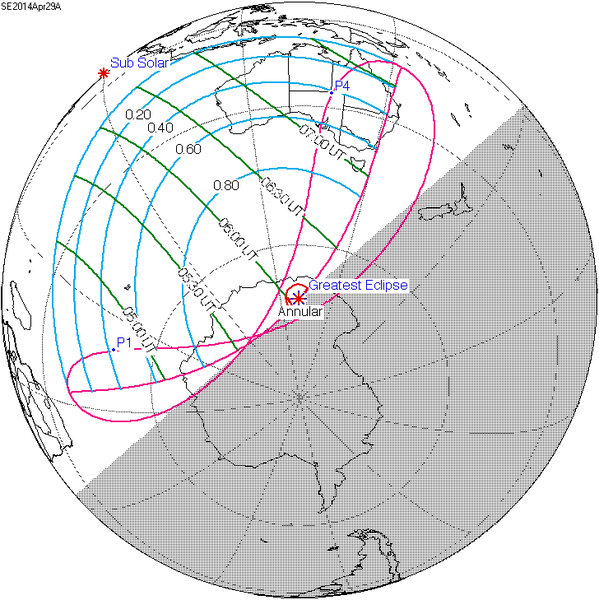 0″ class=”alignnone size-full wp-image-498″ />
0″ class=”alignnone size-full wp-image-498″ />
The best view of the eclipse will be a small D-shaped 500 km2 region in Antarctica, though a partial eclipse will be visible to many Australians. Those living in Perth will see about 55% of the sun eclipsed, while those in Sydney will see about 50%.
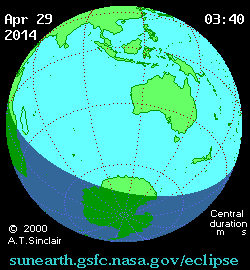
Remember: staring at the sun is not a great idea. Trying to observe the eclipse through binoculars or a telescope without an appropriate solar filter will cause damage to the retina that cannot be fixed. Specialized solar eclipse glasses are available to make viewing the eclipse safer. If you don’t have time to get the proper protection, a pinhole camera can be used to view the eclipse safely. Punch a small hole into cardboard or heavy, dark paper and hold a piece of white paper under it. The eclipse will be nicely displayed, like this:
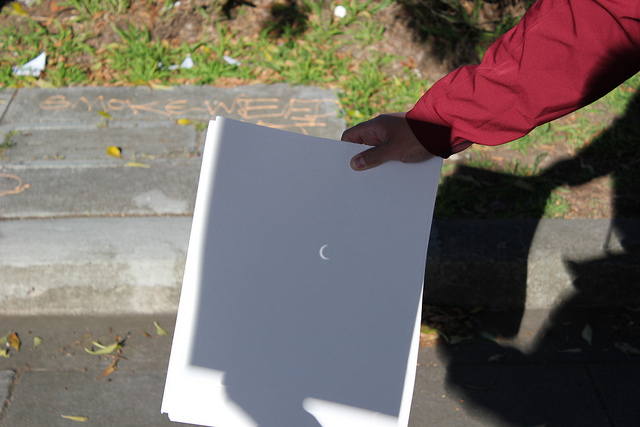
Image credit: Eugene Kim
If you do not live in an area where the eclipse will be visible, you don’t have to miss out! The Slooh Space Camera will be providing a live webcast of the event, no special eyewear necessary!
Until then, check out this simulation of what the eclipse is expected to look like at its maximum.

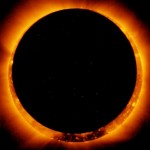
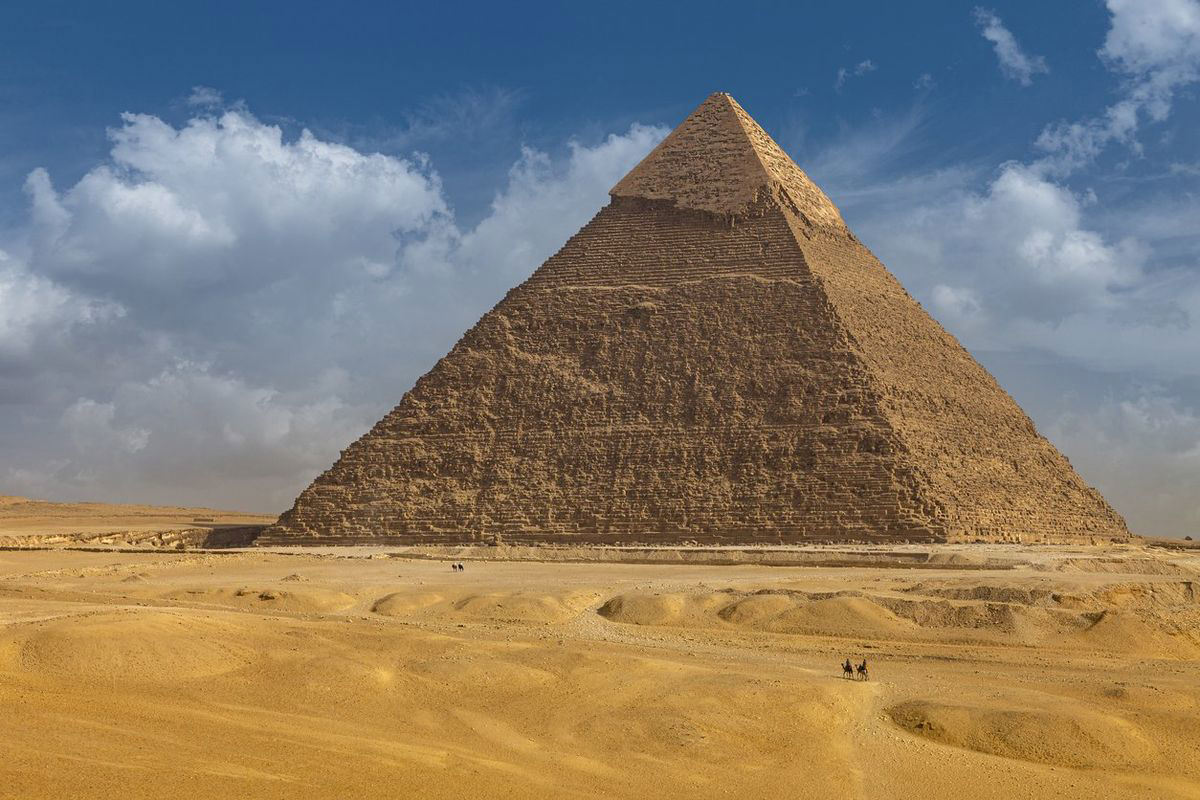

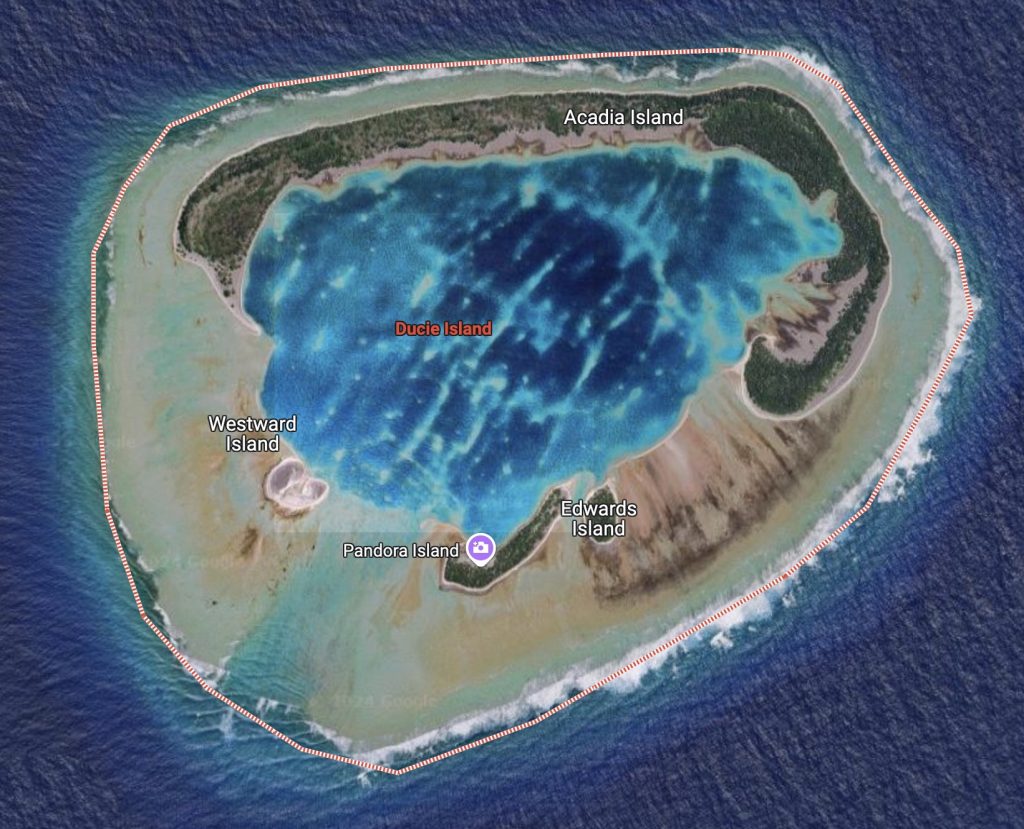
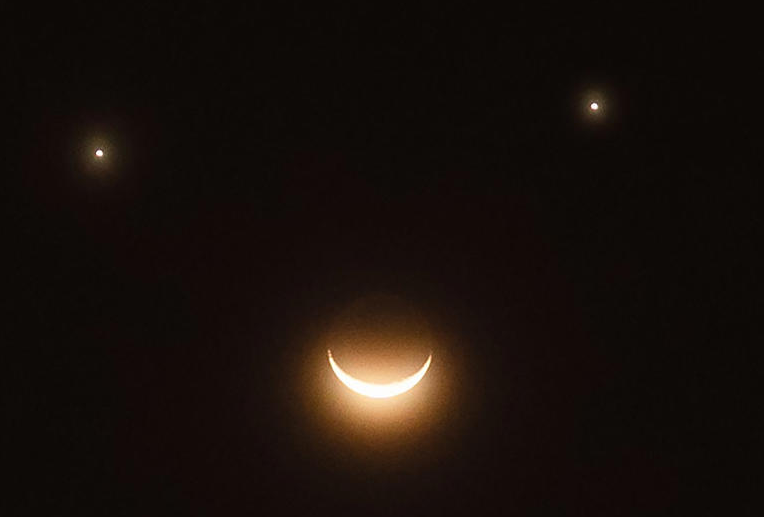

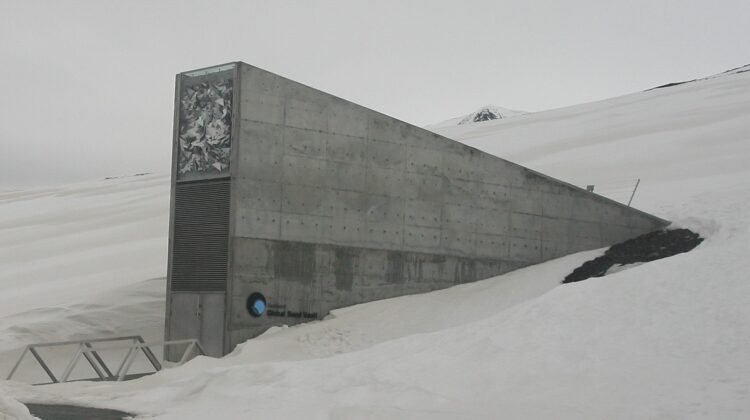
 Photographer Finds Locations Of 1960s Postcards To See How They Look Today, And The Difference Is Unbelievable
Photographer Finds Locations Of 1960s Postcards To See How They Look Today, And The Difference Is Unbelievable  Hij zet 3 IKEA kastjes tegen elkaar aan en maakt dit voor zijn vrouw…Wat een gaaf resultaat!!
Hij zet 3 IKEA kastjes tegen elkaar aan en maakt dit voor zijn vrouw…Wat een gaaf resultaat!!  Scientists Discover 512-Year-Old Shark, Which Would Be The Oldest Living Vertebrate On The Planet
Scientists Discover 512-Year-Old Shark, Which Would Be The Oldest Living Vertebrate On The Planet  Hus til salg er kun 22 kvadratmeter – men vent til du ser det indvendigt
Hus til salg er kun 22 kvadratmeter – men vent til du ser det indvendigt  Superknepet – så blir snuskiga ugnsformen som ny igen!
Superknepet – så blir snuskiga ugnsformen som ny igen!  Meteorite That Recently Fell in Somalia Turns Out to Contain Two Minerals Never Before Seen on Earth
Meteorite That Recently Fell in Somalia Turns Out to Contain Two Minerals Never Before Seen on Earth  Nearly Frozen Waves Captured On Camera By Nantucket Photographer
Nearly Frozen Waves Captured On Camera By Nantucket Photographer  It’s Official: Astronomers Have Discovered another Earth
It’s Official: Astronomers Have Discovered another Earth 